Last week you had to get up high and look down. Now it’s time to get down low, right on the ground if you can – and shoot from the ant’s perspective.

Photo by Sebastian Unrau on Unsplash
Weekly Photography Challenge – Get Down!
This is sometime’s called a worm’s eye view (opposite bird’s eye view). The world looks different from down there. Check it out. Keep in mind looking straight up also works for this challenge. So don’t make it overly hard on yourself to do this.
Share your images below:
Simply upload your shot into the comment field (look for the little camera icon in the Disqus comments section) and they’ll get embedded for us all to see or if you’d prefer, upload them to your favorite photo-sharing site and leave the link to them. Show me your best images in this week’s challenge. Sometimes it takes a while for an image to appear so be patient and try not to post the same image twice.
Share in the dPS Facebook Group
You can also share your images on the dPS Facebook group as the challenge is posted there each week as well.
The post Weekly Photography Challenge – Worm’s Eye View by Darlene Hildebrandt appeared first on Digital Photography School.
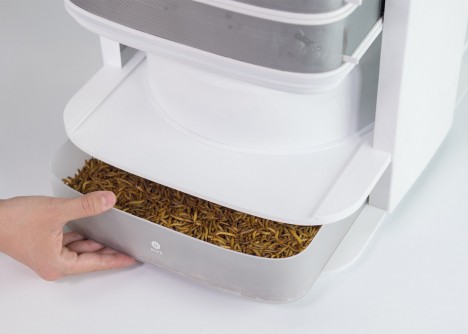
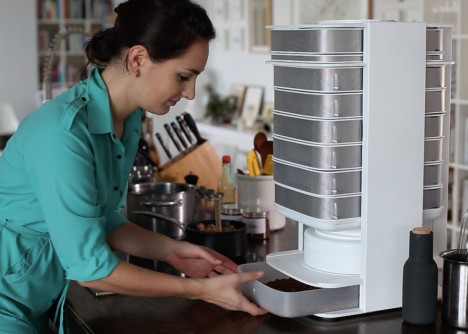
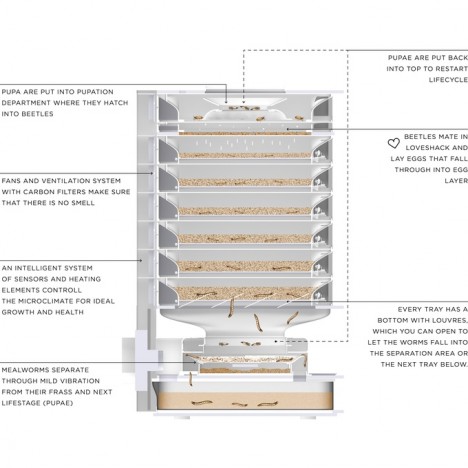
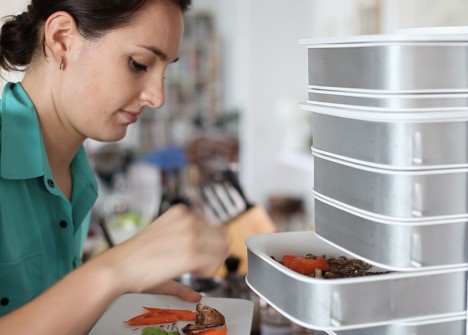
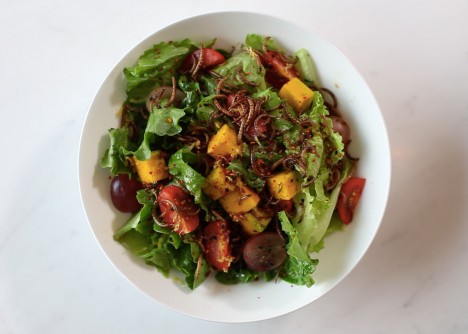
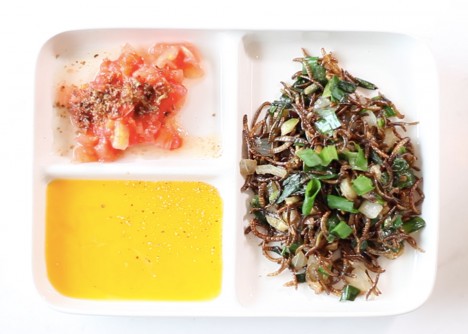
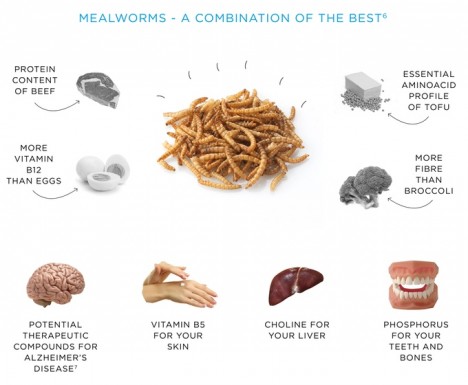

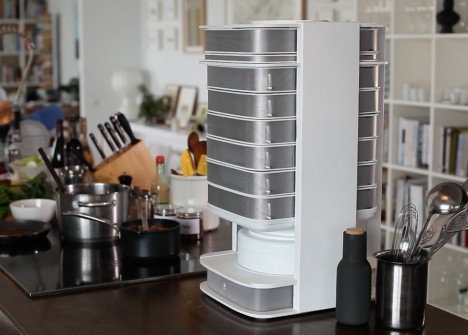
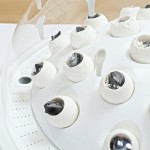
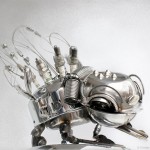





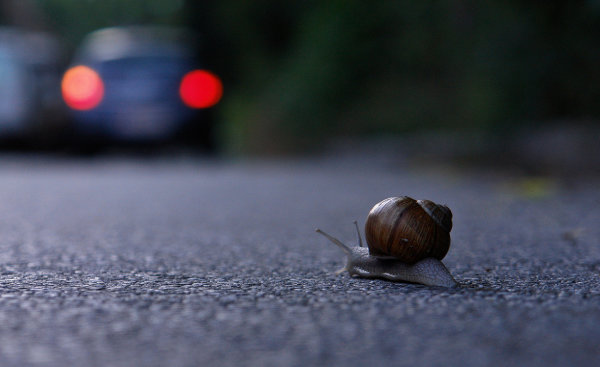



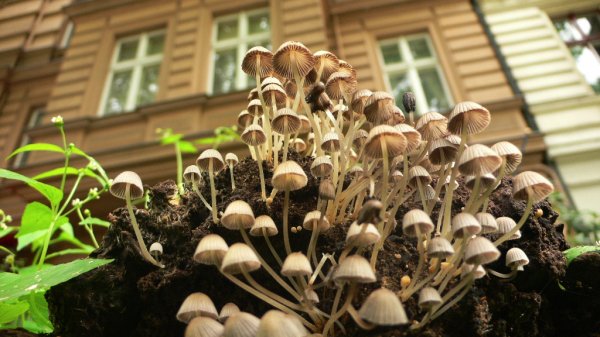
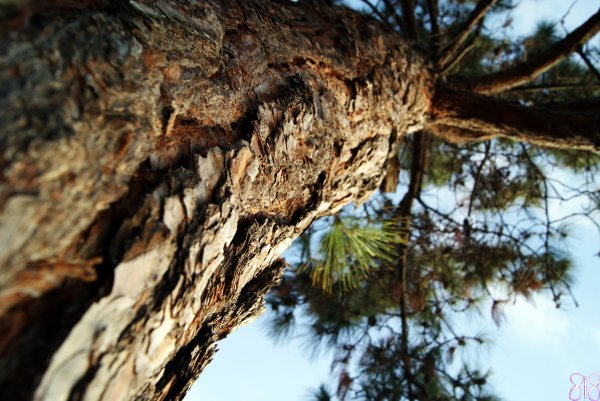

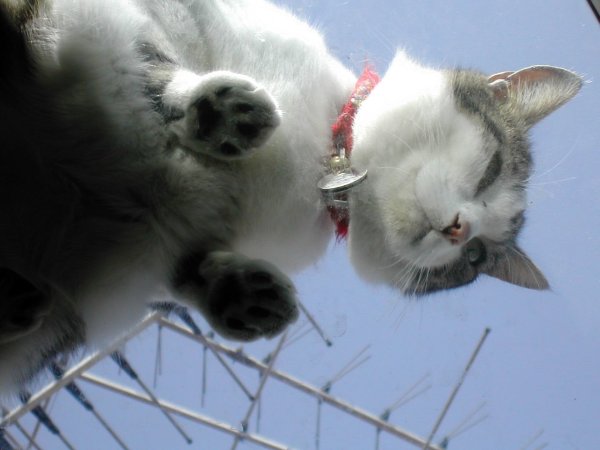


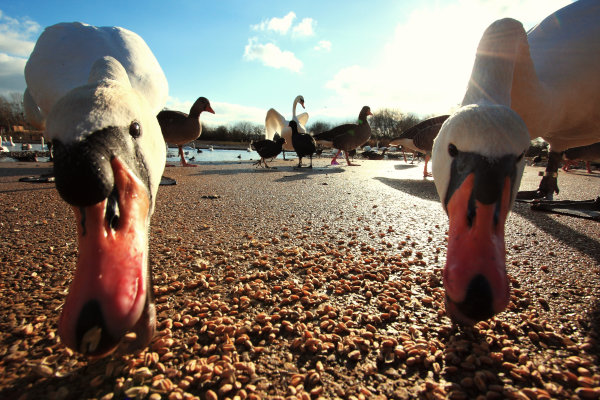
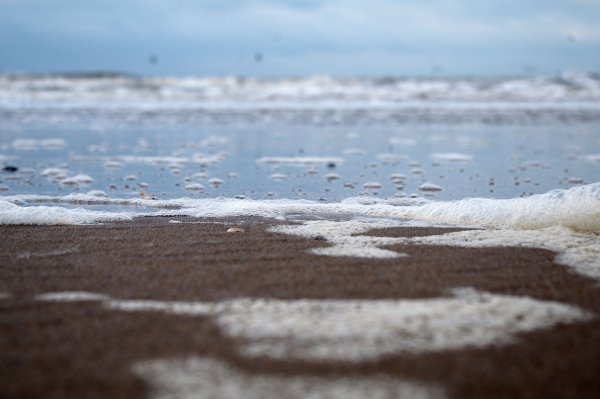
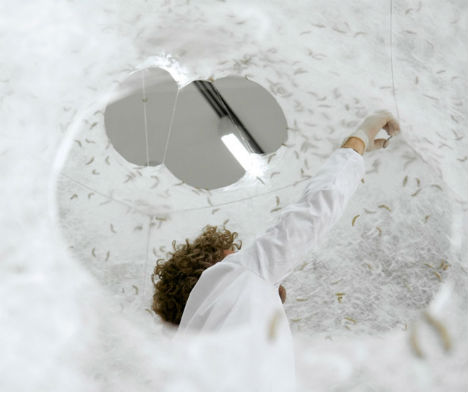
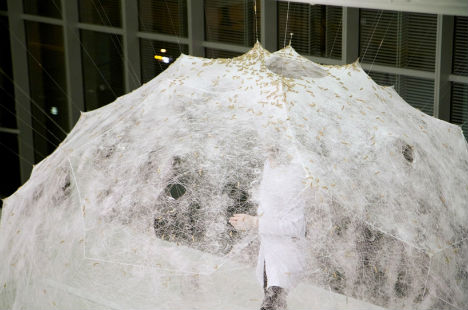

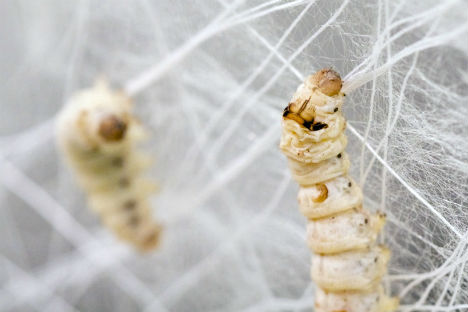
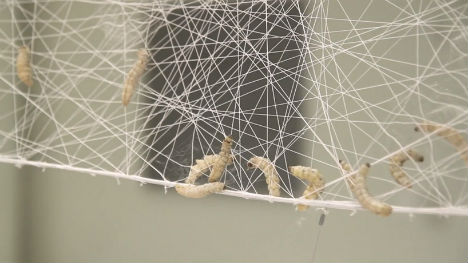





You must be logged in to post a comment.